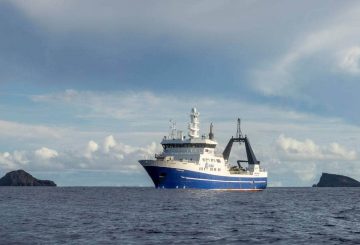2023年12月10日、アントニオ・グテーレス国連事務総長は、ガザでの人道的停戦を引き続き提唱する決意を表明しました。彼は、進行中の戦争が安全保障理事会の信頼と権威を損なっていると述べた。彼のコメントは、イスラエルとパレスチナのグループであるハマスとの紛争における即時停戦を求める国連安全保障理事会の要求に対する米国の拒否権を受けて、ドーハ・フォーラム会議でなされた。
グテーレスは、安全保障理事会が人道的大惨事を防ぐ必要性を強調し、停戦の呼びかけを繰り返した。安全保障理事会が行動を起こさなかったにもかかわらず、彼はあきらめないことを誓った。
カタールのシェイク・モハメッド・ビン・アブドゥルラーマン・アル・タニ首相も会議で発言し、ドーハは機会が減っているにもかかわらず、イスラエルとハマスに停戦を求める圧力をかけ続けるだろうと述べた。ハマスの政治指導者が何人かいるカタールは、同グループとイスラエルとの間の交渉を仲介してきた。シェイク・モハメッドは、イスラエルの軍事行動ではなく交渉がガザからの人質の解放につながったと指摘した。
国連パレスチナ支援機関(UNRWA)のフィリップ・ラザリーニ所長は、パレスチナ人の非人間化により、国際社会はイスラエルによるガザへの継続的な攻撃を容認できるようになったと主張した。彼は、人道的停戦の緊急の必要性を強調した。
しかし、米国とイスラエルは停戦に反対し、停戦はハマスの利益になるだけだと主張している。代わりに、市民を守り、10月7日のイスラエル攻撃でハマスが取った人質の解放を促進するために、戦闘の一時停止を支持している。
ガザの状況に加えて、グテーレス氏はCOP28会議で気候変動の問題についても取り上げた。彼は、地球温暖化が摂氏1.5度を超えるのを防ぐために、排出量を大幅に削減することに合意するよう指導者に促した。約束とは裏腹に、主に化石燃料による排出量が過去最高を記録していると彼は指摘した。彼は、化石燃料企業とその支持者に対し、その資源を使って再生可能エネルギーへの移行を主導するよう呼びかけました。




























































